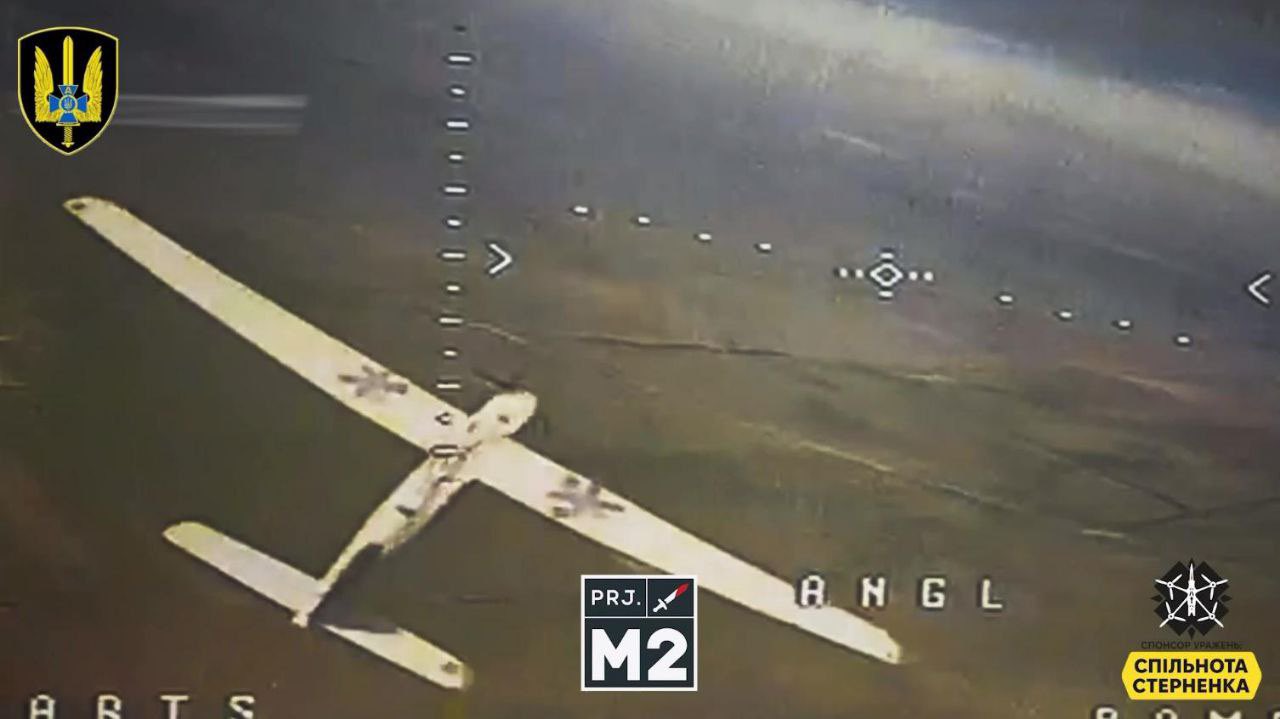Anduril Industries announces Roadrunner and Roadrunner-M. This is an unmanned aerial vehicle that is a vertical-take-off-and-landing (VTOL) vehicle that looks kind of like a stubby rocket with big fins. It uses twin turbojet engines. It's billed as an "interceptor" for ground defense against aircraft. There's a Roadrunner-M high-explosive interceptor variant. (Don't know what the "M" stands for -- "munitions" maybe?). It has it's own portable "hangar" that it launches from that is portable, so it can be launched from anywhere, controlled by one operator, and can come back and land when it is done with its mission and be reused for the next mission.
Anduril Industries is a company founded by Palmer Luckey, creator of the Oculus Rift and founder of Oculus VR, which was acquired by Facebook in 2014. Apparently the premise of the company is that Silicon Valley tech companies don't want to sell technology to the military, so Anduril was created to step in and fill that void and provide technology to the military that other Silicon Valley company are unwilling to sell. They already have a bunch of products which I never heard of, which are ALTIUS, Anvil, Dive-LD, Ghost, Fury, Menace, Sentry, WISP, and Lattice Command & Control.
ALTIUS (stands for Agile-Launched, Tactically-Integrated Unmanned System) is a drone that can be launched from a helicopter, as well as from the ground or naval ship, and can function as a loitering munition or perform other functions such as signals intelligence.
Anvil is a quadcopter designed to take out enemy drones. Basically by getting under them and whacking them from the bottom.
Dive-LD is an autonomous underwater vehicle (AUV). It's designed for underwater reconnaissance, seafloor mapping, anti-mine operations, and anti-submarine warfare.
Ghost is an unmanned aerial vehicle (UAV) that is not a quadcopter but uses a design more like traditional helicopters, and is designed for quiet flight. It's for reconnaissance missions. There's a new Ghost-X variant with upgraded propulsion, battery life, communications, multiple payload capability, and additional sensors.
Fury is a high-performance, high-end fighter jet, but unmanned. Can fly up to mach 0.95 and can pull 9 Gs.
Menace is, eh, it looks like one of those containers that you see on container ships & trains. But what it is is a rapidly deployable "expeditionary command, control, communications, and computing (C4)" station.
Sentry is a family of sensor towers. Anduril promises "edge" AI can deliver highly accurate awareness and identification of aircraft and other "objects of interest".
WISP (stands for Wide-Area Infrared System for Persistent Surveillance) is a rotating, 360-degree infrared sensor that uses AI for threat detection and situational awareness.
Lattice Command & Control is their software system for integrating information and controlling aerial vehicles. "Lattice uses technologies like sensor fusion, computer vision, edge computing, and machine learning and artificial intelligence to detect, track, and classify every object of interest in an operator's vicinity." See below for more on Lattice.
Anduril unveils Roadrunner & Roadrunner-M - Anduril Industries
#solidstatelife #ai #uavs #robotics #militaryai






